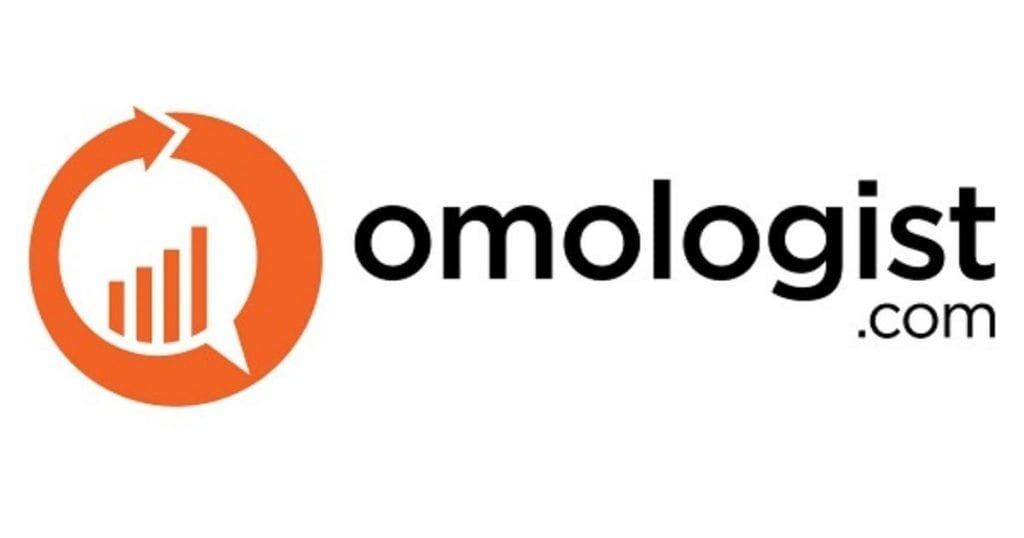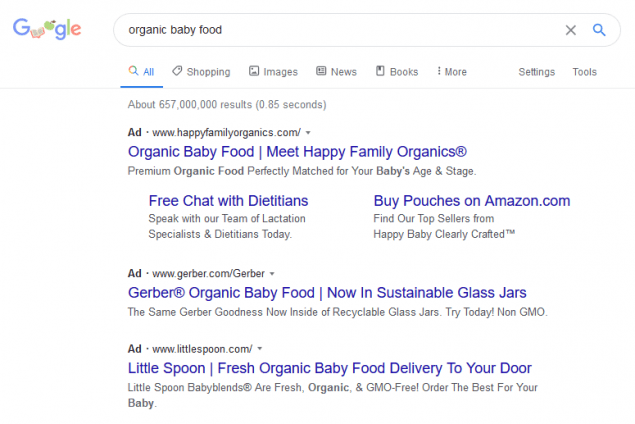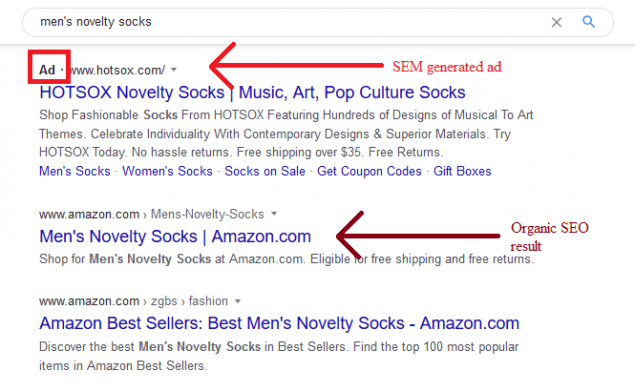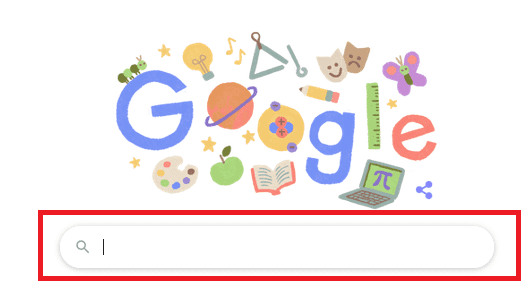What Our Clients Say
Sean from Omologist has given us the best service and return on investment we have ever had in our 30 years in business.
John KelseyOptik Eye Care
We can highly recommend Omologist for their commitment, knowledge and expertise in this demanding area of business
Rob SeymourPureProtect.com.au
I’ve worked with Sean for several years now improving my companies online marketing and website. Sean has a great understanding of this field and is a pleasure to deal with. I’ve had no hesitation recommending him to other business owners I know.
Mark Brownmarkbrownelectrical.com.au
Sean from Omologist has outstanding knowledge and expertise in the challenging area of online marketing and analysis. He knows how to ensure you obtain the best results from your budget regardless of its size
Sharon Mackie GohYournewgig.com




